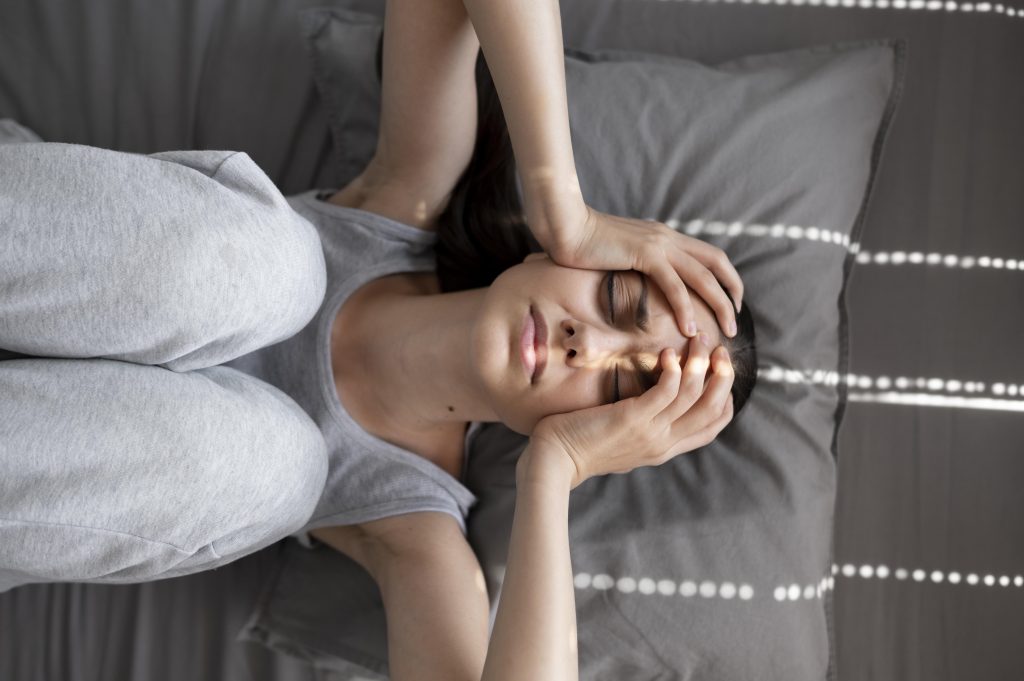In today’s fast-paced world, anxiety is a common challenge—and finding consistent ways to manage it is more important than ever. One emerging strategy is the use of schedules in reducing anxiety. By creating structure and predictability in daily life, schedules help calm mental noise and provide a sense of control. As lifestyle and wellness trends shift toward intentional living in 2025, structured routines are gaining renewed attention as powerful tools for mental health.
This article explores why schedules matter, how they affect anxiety levels, and how emerging trends in digital wellness are helping people adopt structure in healthier, more sustainable ways.

Why Structure Helps Calm the Mind
At its core, anxiety thrives in uncertainty. When people don’t know what’s coming next, their brains naturally shift into a heightened state of alert. The amygdala—responsible for processing emotions like fear—can become overactive, making it harder to focus or feel calm. Scheduling provides a sense of predictability, reducing that emotional noise and allowing the brain to relax.
According to a study published in The Lancet Psychiatry, individuals with irregular routines were more likely to experience mood disorders, including anxiety and depression, compared to those with consistent daily habits.
The Science Behind Routines and Mental Health
There’s a growing body of scientific literature linking routine with emotional well-being. Psychologists have long known that humans are creatures of habit. When routines are disrupted, stress responses are triggered. But when daily tasks become predictable, the brain conserves energy and lowers the body’s cortisol (stress hormone) levels.
A 2021 study published by the National Institute of Mental Health highlighted that creating daily structure can be an effective coping strategy for individuals managing anxiety disorders. Regularity in waking, eating, working, and sleeping habits helped patients feel more grounded and reduced their symptoms over time.
How the Rise of Digital Planning Tools Reflects a New Wellness Trend
The concept of using schedules to reduce anxiety is not new, but its resurgence in 2025 aligns with larger trends in digital wellness. Unlike rigid planners of the past, today’s scheduling tools are dynamic, visually appealing, and customizable. From minimalist calendar apps like Structured to flexible task boards on Notion or TickTick, users now have a wide range of tools that cater to individual needs and cognitive preferences.
These platforms are designed with user psychology in mind—many use color coding, progress bars, and habit streaks to increase engagement without overwhelming the user. Importantly, many integrate mental health tracking and mindfulness features, further reinforcing the connection between scheduling and emotional wellness.
Behavioral scientists emphasize that micro-habits—like checking in with your schedule every morning—can compound over time to improve emotional regulation.
Practical Ways to Use Schedules to Reduce Anxiety
If you’re interested in using a schedule to manage anxiety, it’s important to strike the right balance. A schedule should guide your day, not control it. Flexibility is key to long-term success.
Here’s how to begin:
1. Start With a Simple Morning Routine
Create a 30-minute morning ritual that includes calming and consistent activities like stretching, journaling, or reading. This helps reduce decision fatigue and sets a grounded tone for the day.
2. Set Time Blocks for Core Tasks
Rather than planning every minute, group your tasks into broader categories—such as “Work Focus,” “Admin,” and “Rest.” This helps you stay focused without becoming overwhelmed.
3. Schedule Worry Time
Paradoxically, planning time to worry can reduce how much you actually do it. Choose a 15-minute window to reflect, write down concerns, and let them go.
4. Leave Room for Transitions
Anxiety spikes when you rush. Add 10-minute buffers between appointments or tasks to reset your mind and reduce pressure.
5. Add Daily Check-Ins
Include two short check-ins during the day—one midday and one in the evening—to reflect on your mental state. This helps you adjust your schedule as needed and practice self-awareness.
Common Mistakes That Undermine Scheduling Benefits
- Overplanning: Packing every hour with tasks can backfire. It creates pressure rather than relief.
- Skipping Rest: Many people fail to schedule breaks. Intentional pauses support focus and reduce anxiety.
- Rigid Mindsets: Life happens. A good schedule allows for change without guilt or self-criticism.
The goal isn’t to become robotic but to offer your brain a supportive rhythm that reduces chaos.
Integrating Schedules With Broader Wellness Practices
Schedules work best when paired with other wellness strategies. Here are a few integrations that can amplify results:
- Pair your schedule with mindfulness practices like 5-minute breathing breaks or gratitude journaling.
- Use habit-tracking apps to reinforce small wins and create emotional momentum.
- Align your schedule with your natural energy rhythms, prioritizing creative work during peak energy hours and administrative work during lower-energy periods.
These approaches help ensure your schedule works with your mind, not against it.
Why This Matters More Than Ever in 2025
The cultural conversation around mental health has shifted dramatically. With burnout on the rise and remote work blurring boundaries, many are seeking tangible ways to feel more in control. Structured scheduling—especially when flexible and personalized—has emerged as a practical response.
Tech companies are integrating mental health features into calendars and productivity apps. Employers are offering workshops on time management for emotional wellness. Wellness influencers are normalizing slow mornings, time-blocking, and digital decluttering.
This isn’t about optimization for productivity alone—it’s about reclaiming peace in a hyperconnected world.
Final Thoughts
Using schedules to reduce anxiety is both a timeless technique and a timely trend. In 2025, we’re seeing a more mindful, human-centered approach to time management—one that acknowledges the connection between our routines and our emotional well-being. By building intentional structure into daily life, individuals can take back a sense of control and support their mental health in sustainable ways.
References
The Lancet Psychiatry (2020) Rest-activity rhythms and mood disorders. Available at: https://www.thelancet.com (Accessed: 23 June 2025).
National Institute of Mental Health (2021) Routine and Mental Health. Available at: https://www.nimh.nih.gov (Accessed: 23 June 2025).
Behavioral Scientist (2023) Micro-Habits and Emotional Resilience. Available at: https://behavioralscientist.org (Accessed: 23 June 2025).






